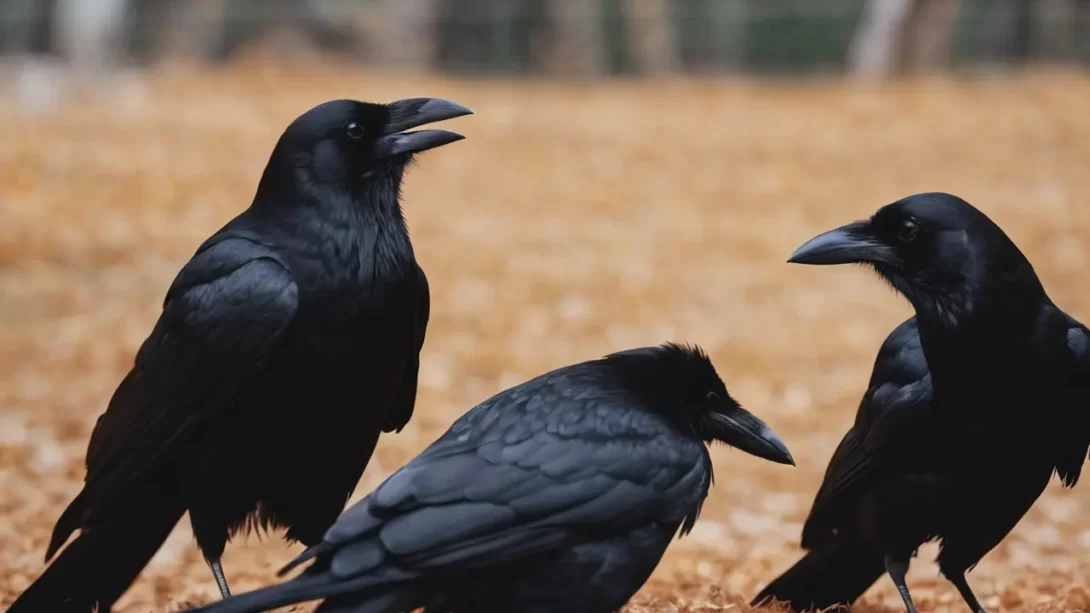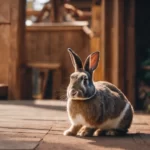Crows are among the most intelligent and adaptable birds, often seen in both urban and suburban settings. Their frequent presence in yards can be intriguing and, for some, a nuisance. Understanding why crows are attracted to your yard is key to coexisting with these fascinating birds or deterring them if preferred. This article explores the common reasons behind the presence of crows in residential areas.
The Crows’ Behavior
Crows are known for their remarkable intelligence and ability to adapt to different environments. These birds have a complex social structure and can thrive in various settings, including urban landscapes. They are omnivorous and opportunistic feeders, which plays a significant role in their adaptability. Crows are also known for their problem-solving skills and ability to use tools, which further contributes to their success in diverse habitats.
Attraction to Food Sources
One of the primary reasons crows visit yards is the availability of food. Crows are not particularly picky eaters and are drawn to a variety of food sources. These can include:
- Pet Food: Outdoor pet food bowls are an easy food source for crows.
- Garbage: Unsecured trash cans or garbage bags can attract crows looking for an easy meal.
- Compost Bins: Open compost bins or piles, especially those containing kitchen scraps, can be enticing to crows.
- Bird Feeders: While bird feeders are meant for smaller birds, crows may take advantage of spilled seeds or accessible feeders.
- Garden Produce: Gardens with fruits and vegetables can attract crows, as they enjoy both fresh produce and insects found on plants.
Understanding these attractions can help in managing the presence of crows in your yard, either by removing the attractants or securing them properly.
Shelter and Nesting Sites
Crows often seek out yards that provide suitable shelter and nesting opportunities. These birds prefer areas that offer safety and seclusion for raising their young. Key features in yards that attract crows for nesting and shelter include:
- Tall Trees: Crows typically nest in tall trees that provide a good vantage point and protection. They often choose trees with dense foliage for added security.
- Dense Shrubs: Thick shrubbery can offer crows a concealed space for roosting and protection from predators.
- Landscaping Features: Certain landscaping elements, like hedges or trellises, can also provide shelter for crows.
Understanding the types of sheltering spots crows favor can help in managing their presence. For instance, pruning trees and managing shrubbery can make a yard less inviting for nesting.
Water Sources
Water is a crucial attractant for crows, just as it is for many other wildlife species. Yards with water sources like birdbaths, ponds, or fountains are particularly appealing to crows for drinking and bathing. These water sources provide not only hydration but also a place for crows to cool off and clean their feathers. If you are looking to deter crows, managing these water sources—such as covering ponds or removing birdbaths—can be effective. Conversely, maintaining clean and accessible water sources can attract these birds if you enjoy their presence.
Safety and Predation
Crows are highly intelligent birds and are always vigilant about their safety. They are often attracted to yards that offer a safe haven from predators. Open spaces in yards allow crows to easily see approaching threats, such as hawks or cats. Additionally, human presence can sometimes deter other predators, making residential areas appealing to crows. To reduce the attractiveness of your yard to crows, consider creating environments that are less open and more challenging for them to monitor for predators.
Social Interaction and Play
Crows are highly social creatures and often seek environments where they can engage in social activities. Yards can provide a perfect stage for these interactions. Observations of crows playing, engaging in aerial acrobatics, or communicating with each other are not uncommon. These behaviors are part of their social bonding and learning processes. Features like open lawns, bird baths, or even certain garden ornaments can become focal points for crow gatherings and play.
The Impact of Human Activity
The increasing urbanization and human activities have significantly impacted the behavior and habitat choices of crows. Residential areas often provide a bounty of food sources, safe nesting sites, and fewer natural predators. Additionally, human activities like gardening, feeding other birds, or even leaving out garbage can unintentionally create inviting conditions for crows. Understanding these influences is crucial for homeowners looking to either attract or discourage crows from their yards.
Managing Crow Presence in Your Yard
For those looking to discourage crows, several strategies can be effective:
- Securing Food Sources: Ensure garbage cans are tightly sealed and pet food is not left outside.
- Altering Landscaping: Modify the landscape to remove large open areas or tall trees that might attract crows for nesting.
- Using Deterrents: Employ non-harmful deterrents like reflective tapes, decoys, or ultrasonic bird repellers to create an unwelcoming environment for crows.
Conversely, if you enjoy the presence of crows:
- Provide Food Sources: Setting up bird feeders or leaving out specific food can attract crows.
- Create Watering Spots: Maintain a clean birdbath or a small pond to provide water for crows.
- Encourage Safe Sheltering Spaces: Preserve tall trees and dense shrubs that offer nesting and roosting spots.
Conclusion
Crows visit yards for various reasons, including the search for food, water, shelter, and social interaction opportunities. Their presence can be attributed to both the natural behavior of these intelligent birds and the impact of human activities. Whether you wish to attract or deter crows, understanding their needs and behaviors is key. By adjusting the environment in your yard, you can either enjoy the fascinating company of these birds or discourage them from frequenting your space, depending on your preference. Remember, crows are an integral part of the urban ecosystem, and our actions can significantly impact their behavior and survival.




